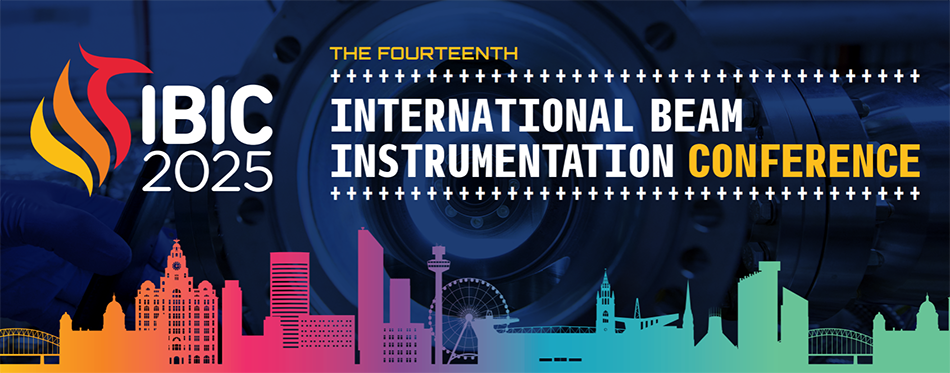Speaker
Description
Photocathode performance optimization is crucial to the operation of X-ray Free Electron Laser (FEL) facilities such as LCLS-II and the future UK XFEL as the initial photoelectron phase-space distribution directly impacts x-ray generation efficiency in the undulator. Key photocathode parameters such as transverse emittance and quantum efficiency are routinely measured to monitor and improve performance; metrics that are influenced by the photocathode material, operating temperature, vacuum and RF environmental conditions, and the characteristics of laser illumination (e.g., wavelength, and pulse energy, duration, and repetition rate). To better understand these factors, SLAC has developed a laboratory-based cryogenic Momentatron system to measure the emission properties of photocathodes from 30 K to 300 K using 200-800 nm wavelength-tunable light. The system’s design and initial commissioning performance have been validated through simulations and error analysis, confirming its reliability for photocathode characterization. We present measurements taken at SLAC, along with complementary data for Cs-Te obtained using the TESS system at Daresbury Laboratory - a similar photocathode characterization tool. These results provide valuable insights into photoemission physics that may be leveraged to optimize photocathode performance and thus that of X-ray FELs.
| I have read and accept the Conference Policies | Yes |
|---|

